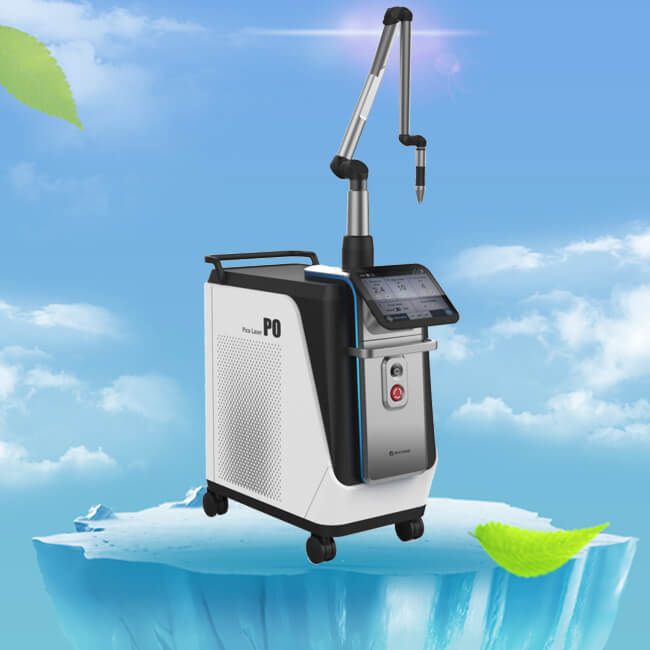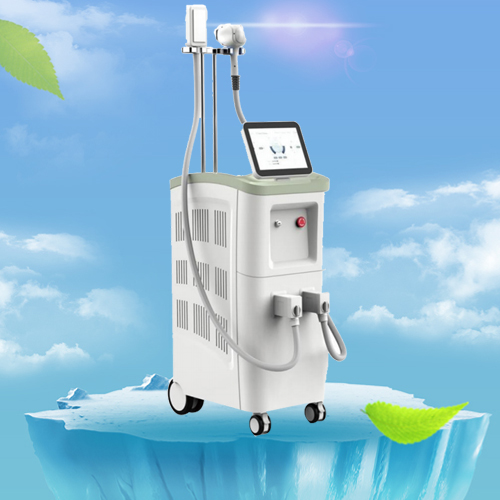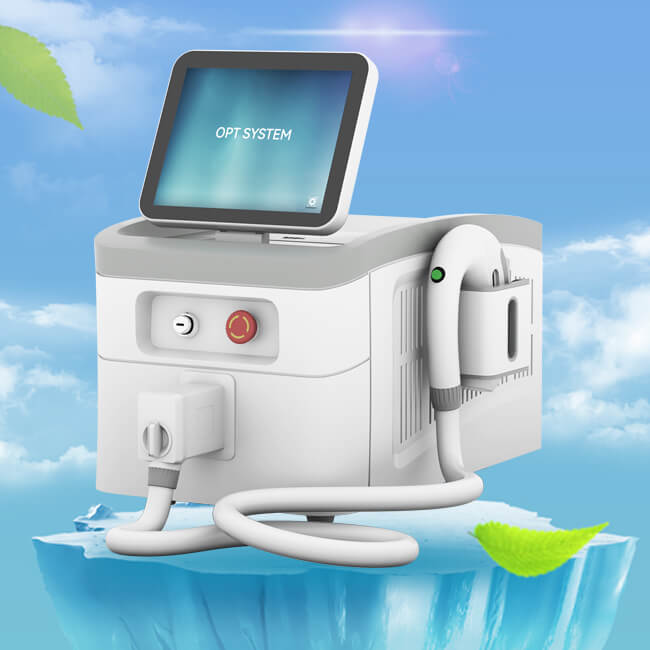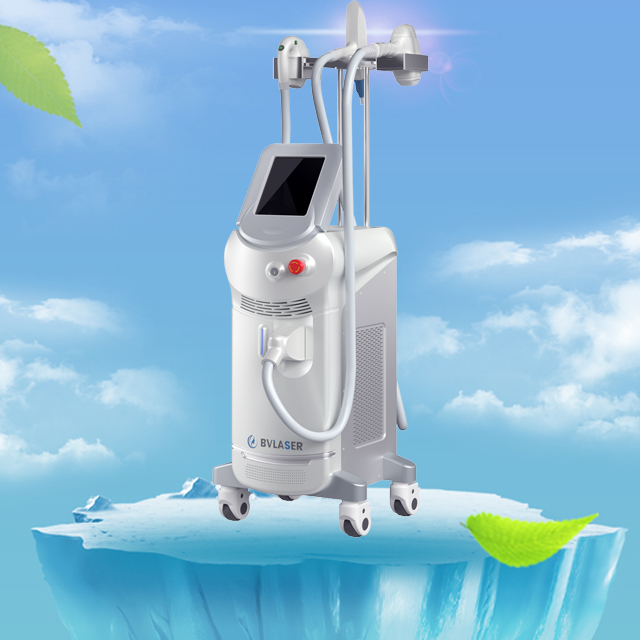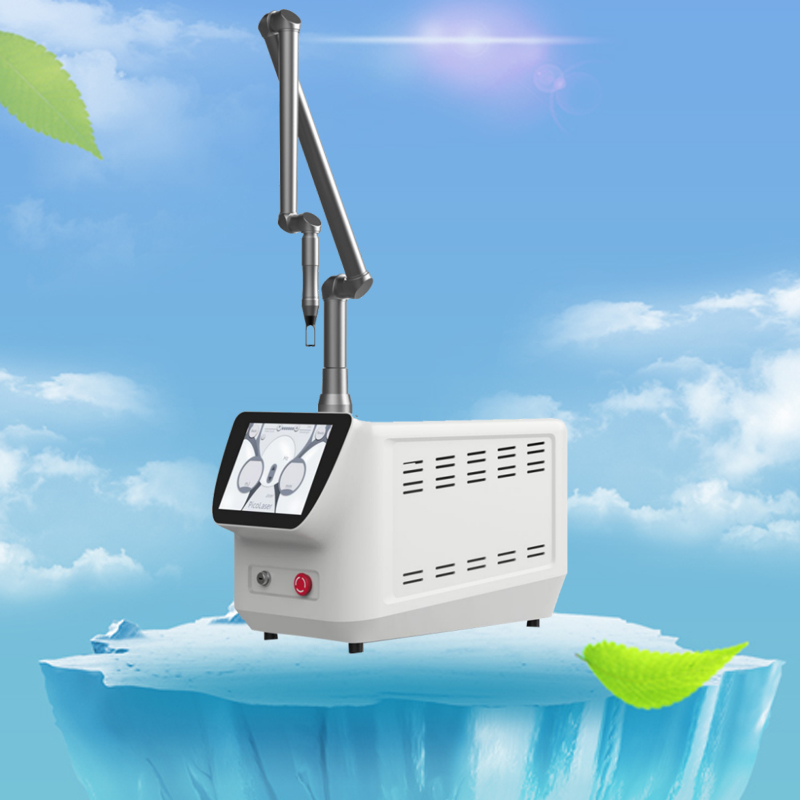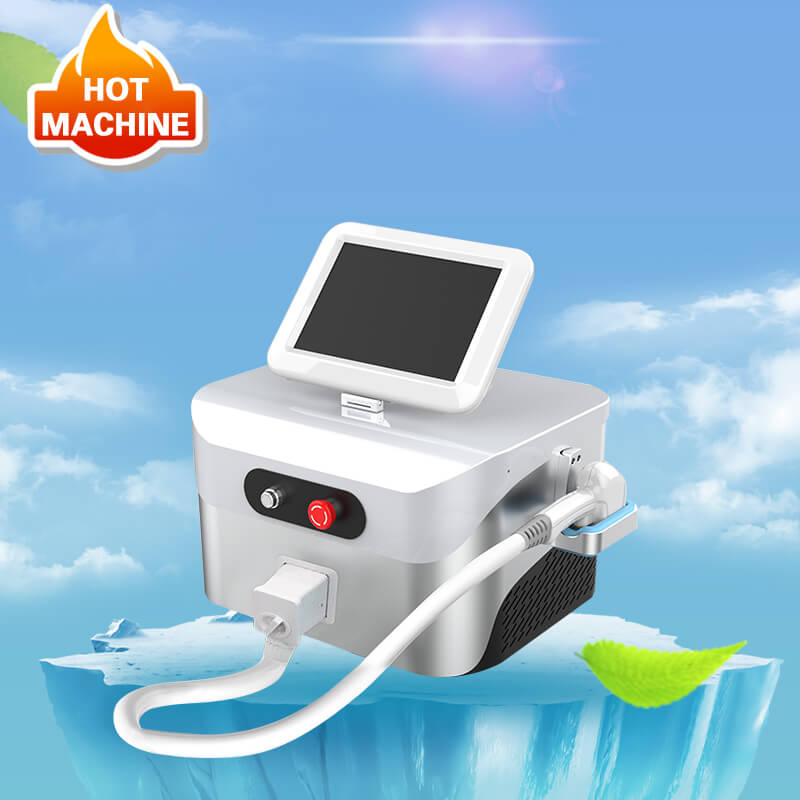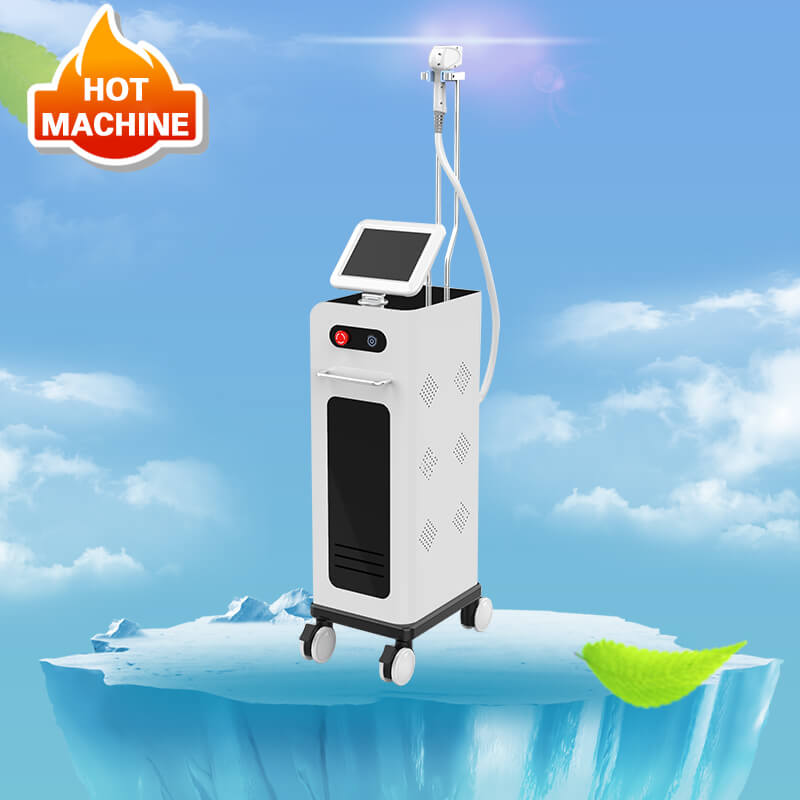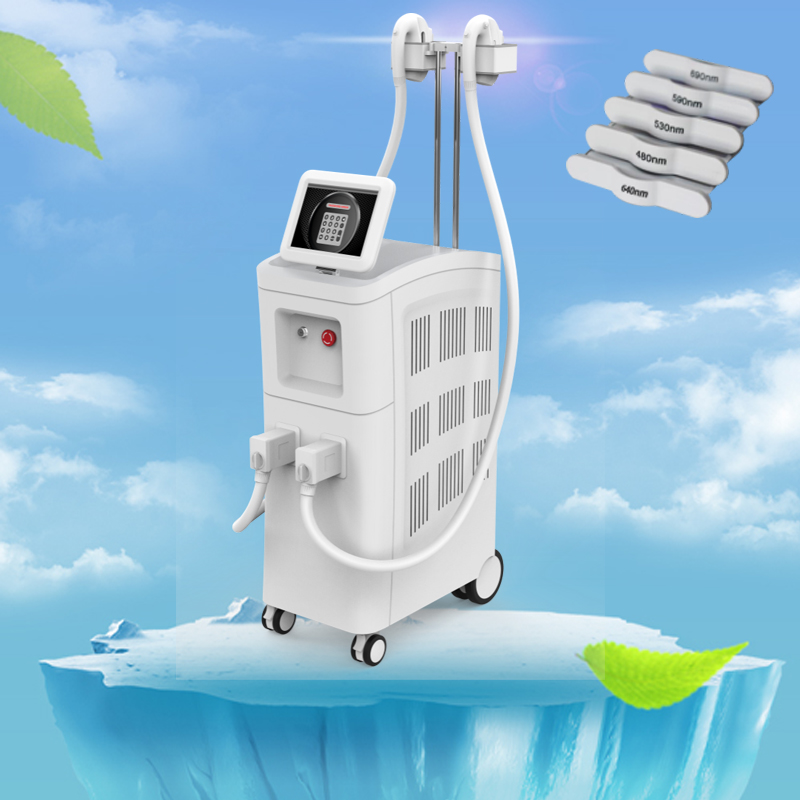What Is IPL Treatment: How it Works, Results, and More
Author:baishilf Time:2024-09-23 11:10:03
Do you feel as though your skin is starting to lose its youthful glow? Don’t worry, it happens naturally as you age. Sun spots, freckles, fine lines, and wrinkles will become more prominent as you grow older as a result of repeated sun exposure, lifestyle choices, and other extrinsic factors that impact your skin’s health over time. Fortunately, there is technology available that can help reduce these age-related changes in the skin. Over the past two decades the IPL photofacial machine treatment has become the gold-standard treatment for treating pigmentation and restoring the skin’s natural tone and radiance. Bestview Laser is a professional IPL machine, we have IPL hair removal machine for sale. But what exactly is this IPL treatment and how does it work? Keep reading to find out!
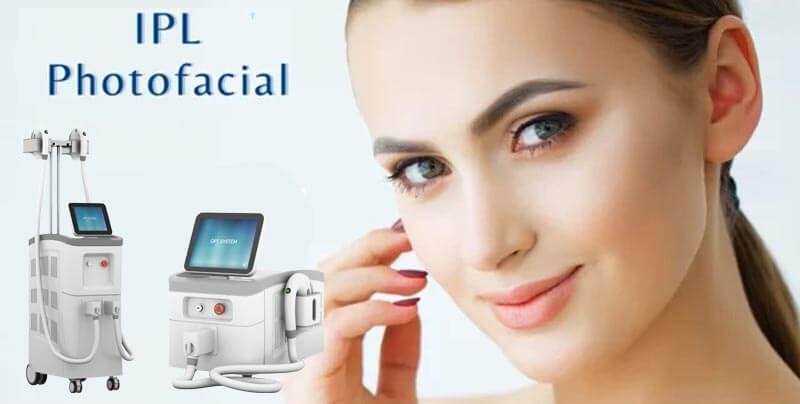
Intense Pulsed Light therapy IPL – also referred to as “photofacial” – is a light-based treatment that targets pigmentation in the skin. It is used to treat a variety of pigment-related skin concerns including: brown spots, freckles, sun damage, redness/rosacea, and broken capillaries. IPL technology can also be used for hair reduction. IPL works when the light is absorbed by specific chromophores in the skin – primarily melanin (responsible for brown spots) as well as hemoglobin (responsible for skin redness). Depending on the target, the light will either break down pigmented cells or constrict blood vessels to trigger results, without damaging the surrounding skin or tissue. The popularity of IPL and BBL (Broadband Light) treatments can be attributed to their impressive results and versatility, as both the face and body can be treated without downtime.
What is IPL Treatment Like?
Unlike traditional laser therapy, IPL uses multiple wavelengths to target various concerns simultaneously. Therefore, it is a suitable option for patients who have both red and brown pigmentation on the face, hands, chest, or neck, or those who want to treat aging skin without downtime. During an IPL treatment, protective goggles are placed over the patient’s eyes, and a cooling gel is applied to the skin. Light is then pulsed onto the treatment area, which typically feels like a warm elastic band snapping against the skin. After the treatment, the patient may experience a feeling of heat similar to a mild sunburn which typically resolves within an hour. Most regular activities may be resumed immediately after the treatment. Most patients achieve optimal results with a series of 3-5 IPL sessions spaced approximately one month apart.
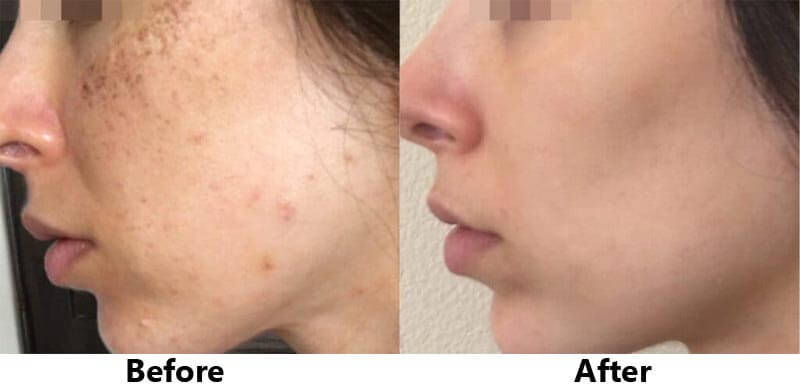
Side Effects & Risks of IPL Treatment
As with any other medical procedure, there are potential side effects you should be aware of regarding intense pulsed light therapy. Immediately after IPL treatment, most patients experience temporary skin redness and a feeling of warmth in the treated area. Therefore, direct sun exposure should be avoided for several days after the treatment. Some patients also experience mild swelling after the treatment, which may persist for a couple of days. As with most light and laser treatments, rare side effects may include burning, blistering, and scarring. Following pre- and post-treatment guidelines will greatly minimize the risk of any complications.
How Long Do IPL Results Last?
While most patients see a noticeable difference after their first IPL session, maximum results are typically achieved after a series of three to five sessions scheduled four weeks apart. Results can be long-lasting, particularly when paired with medical-grade skincare and daily sunscreen use. Your clinician will advise you on how to best care for your skin before, during, and after your IPL treatments.
Who Should Get IPL Treatment?
If you experience one or more of the following skin concerns, you may be a good candidate for IPL facial treatment.
*Sun spots
*Broken blood vessels or capillaries
*Brown spots, liver or age spots
*Freckles
*Redness from rosacea
*Red marks from acne
*Spider veins
*Unwanted hair
*Post-inflammatory hyperpigmentation (PIH)
*Acne
As will all medical procedures, there are some contraindications to IPL treatment that patients should be aware of. These include: pregnancy/breast-feeding, photosensitizing medications, infections, and certain skin disorders including skin cancer. Having a professional skin consultation done before any aesthetic treatment is highly recommended.
The Benefits of IPL Photofacial Treatment
IPL facial treatment is extremely popular due to its many benefits. Some of these include:
*Reduces Sun Damage and Hyperpigmentation
While nothing can stop the aging process, IPL does reduce the pigmentary changes associated with aging skin and repeated sun exposure. This helps restore even skin tone, giving your skin a more youthful glow.
*Helps Control Breakouts
If you suffer from constant breakouts, certain IPL treatments can help by reducing inflammation caused by acne, and controlling acne bacteria in the skin. It also helps to fade the red or brown marks leftover from acne breakouts.
*Can Be Combined With Other Skin Treatments
IPL treatments are safe to combine with other procedures, such as chemical peels, microneedling, or Hydrafacial. This combination approach may enhance overall results, particularly if a patient has multiple skin concerns.
In addition, IPL also pairs well with injectables such as Botox and dermal fillers. The former helps reduce dynamic wrinkles, while the latter restores facial volume that is lost due to the aging process. When even skin tone is restored with IPL, the results from injectables are more dramatic.
Ways to Prepare for Your IPL Facial Appointment
In the weeks, days and hours leading up to your photo facial, make sure you avoid the following:
*Sun exposure, including tanning beds: IPL works by medically ‘wounding’ the skin, which is unsafe for recently sun-damaged skin. Stay out of the sun or protect your skin for at least four weeks before your treatment.
*Certain medications: Make sure your stop taking blood thinners, aspirin or anti-inflammatories such as Ibuprofen within seven days before your appointment. Importantly, if you’ve taken any anti-acne medication such as Accutane in the past 12 months, IPL treatment may not be appropriate for you right now.
*Alcohol: Alcohol dehydrates the skin, interfering with IPL action. So, avoid it for at least two days leading up to your facial.
*Self-tanning products: As self-tanning formulations act in the skin to create a ‘fake’ tan, they could interfere with the photo facial result.
On the day, prepare your skin by removing all make-up and cleansing. The procedure will take 20 to 30 minutes, depending on the treatment area. It’s important to keep in mind that there will be a small amount of downtime for this type of treatment. Immediately after your treatment, your skin will appear and feel as though you have a sunburn for anywhere between 3 and 4 days. We recommend that you avoid using any type of product or makeup on the treated area for at least 2 days.
Consider the following advice for your comfort and recovery:
*Keep your head up: Sleep with your head elevated to start with, to assist with any swelling.
*Be gentle on your skin: Stick to mild cleansers and moisturizers to keep your skin hydrated and help with healing.
*Avoid medications, alcohol and any over-exertion: Rest as much as possible for at least two days after your IPL treatment to avoid unnecessary skin flushing while your dermis recovers.
*Avoid sun exposure: With your skin being especially photosensitive, it’s critical to stay out of the sun or provide maximum protection for at least four weeks after your photo facial.
Your nurse will provide an appropriate skincare routine and products to maintain your enhanced appearance for as long as possible. Adhere to your routine diligently and continue to stay out of the sun to optimize your result.
What Medications Should You Avoid After IPL?
Care after IPL is very important for getting the best results and keeping your face healthy. Being aware of certain medicines and skin care items is an important part. For at least 24 hours following your IPL treatment, it’s advised to avoid products high in Vitamin A and Vitamin C. This includes skincare items containing alpha-hydroxy acids, glycolic acid, salicylic acid, and Benzoyl peroxide. These substances can irritate the skin, which is more sensitive after IPL. Their use might lead to adverse reactions, such as increased redness or sensitivity. Therefore, giving your skin a break from these potent ingredients is essential to ensure a smooth and successful recovery.
Can You Use Retinol After an IPL Treatment?
A common query post-IPL treatment revolves around the use of retinol. Given that retinol is a derivative of Vitamin A, it’s advisable to avoid retinol products immediately after your IPL session. Retinoic acid, found in many skincare formulations, can be too harsh on the sensitized skin following IPL. The skin’s heightened vulnerability post-treatment means that retinol could cause irritation or hinder the healing process. Therefore, it’s best to give your skin time to recover before reintroducing retinol or other potent skincare ingredients into your routine.
Can You Exercise After an IPL?
Exercise and other strenuous activities should be avoided for at least five days following an IPL treatment. This includes not only high-impact exercises but also activities like hot yoga. The reason for this precaution is twofold: firstly, increased blood flow from vigorous exercise can exacerbate swelling and redness in the treated areas. Secondly, sweating can irritate the skin, which is more sensitive and vulnerable post-treatment. During this period, it’s also advisable to avoid hot showers and direct contact of hot water with the skin. After five days, you can gradually resume your normal activities, including your regular exercise routine.





